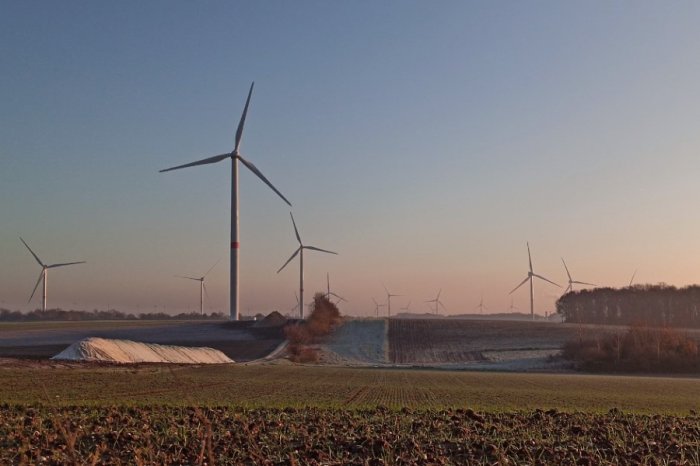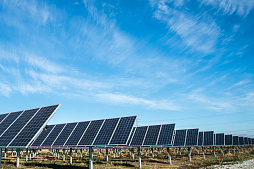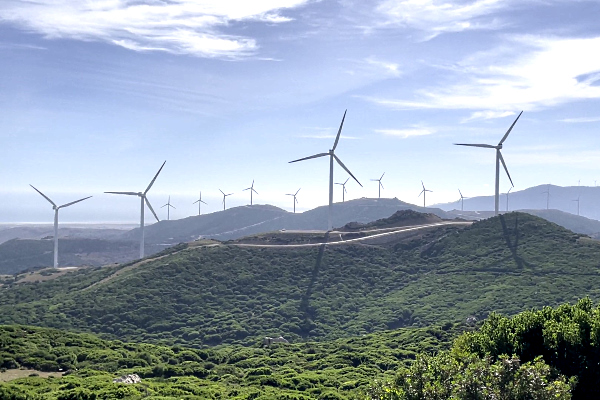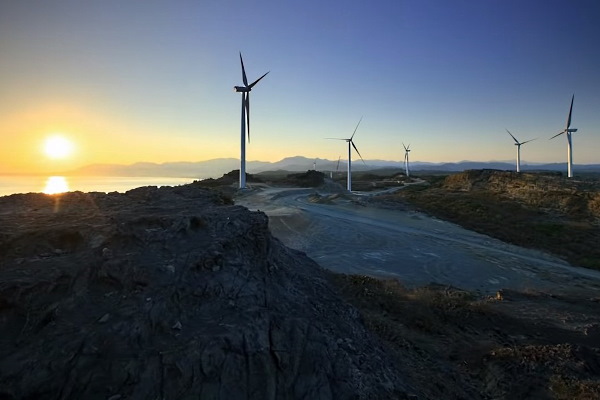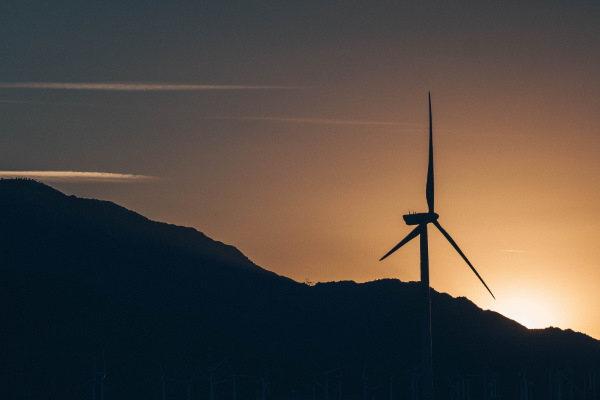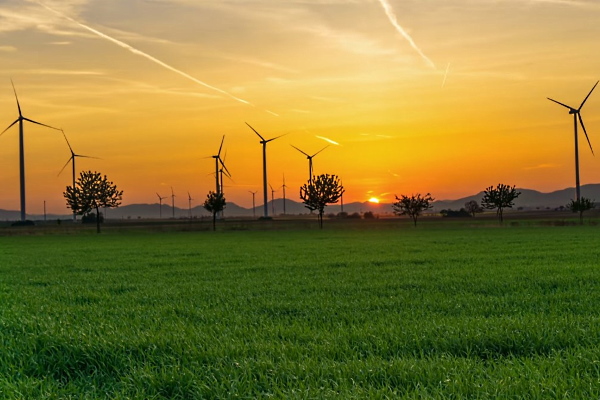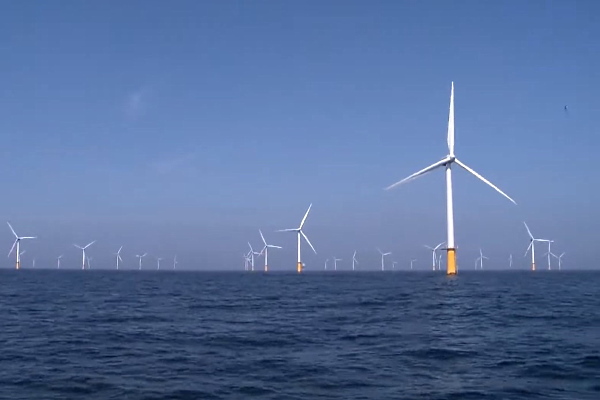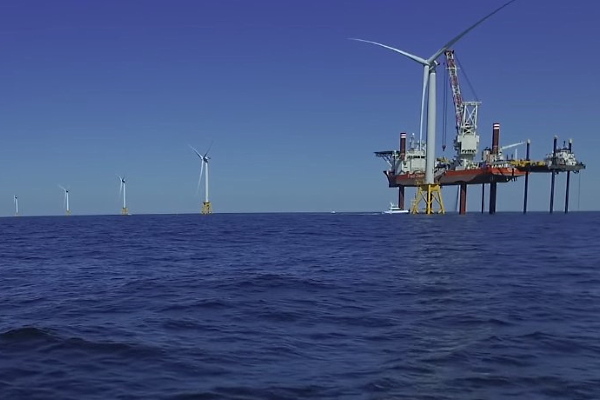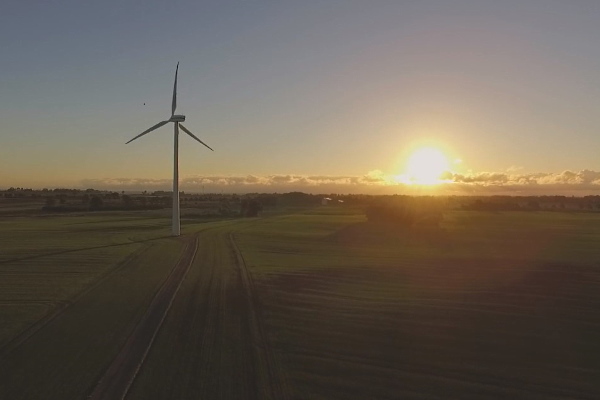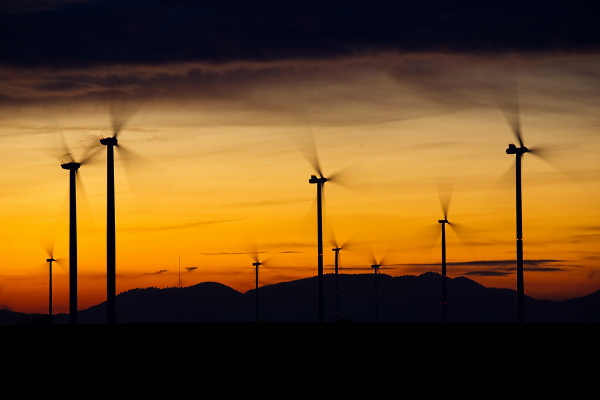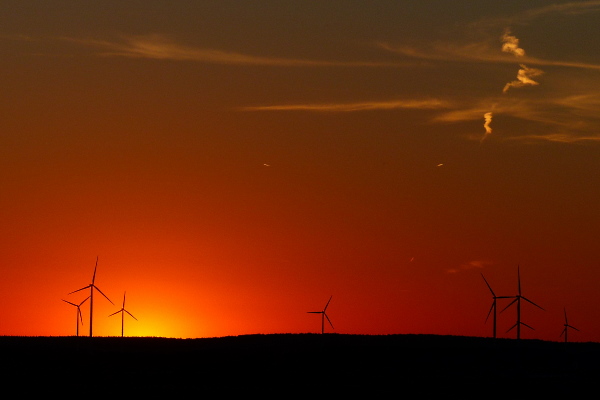To consider an application for financing, fill out the form and send it to us by e-mail along with the project brief, or contact our experts
Wind energy is being actively developed in countries such as India, China, Brazil and others.
With significant wind resources, especially in the Gulf of Suez region, Egypt continues its energy transition, ditching fossil fuels in favor of renewable energy sources, solar and wind.
The construction of new wind farms in Egypt under the EPC contract allows local companies to take advantage of the technological advances in Western science and increase their own business efficiency through innovative operating models.
Installed capacity evolution of renewable energy sources in Egypt, GW*:
| Energy sources | 2010 | 2020 | 2035 |
| Hydropower | 2.8 | 2.8 | 2.9 |
| Wind power | 0.5 | 13.4 | 20.5 |
| Solar power | 0 | 3.0 | 32.0 |
* - according to Egyptian Electricity Holding Company report 2015/16.
LBFL is ready to become your reliable partner in Egypt, offering a full range of services in the field of project finance, construction and modernization of wind farms.
Development of the wind energy sector in Egypt: challenges and prospects
Much has changed since the construction of the first commercial wind farm in Egypt in 1988.The latest private initiatives by Egypt are helping to achieve the goal of producing 20% of electricity from renewable sources by 2022 and 40% by 2035.
Thanks to the introduction of scientific advances, the reduction in the cost of components and an increase in the capacity of wind power plants, the cost of electricity generated by a wind farm had decreased to 5-7 cents per kWh by the beginning of the 21st century.
Thus, the cost of wind energy is practically equal to the cost of electricity from TPPs.
Investments per 1 kW of installed capacity at large wind farms are now less than $ 1000 per kW.
Given the significant environmental impacts, this makes wind power more competitive than coal-fired power plants.
A further cost reduction and an increase in the efficiency of wind farms in Egypt are achieved by increasing the size and capacity of turbines, as well as an increase in the installed capacity utilization factor when introducing new scientific and technical solutions.
According to IRENA, the installed capacity utilization factor (ICUF), has grown over the last decade from 25-30% to more than 40%, and for some technologies this indicator has exceeded 60%.
Therefore, the development of wind farms follows the path of increasing the power of wind turbines, increasing the number of turbines on the site and economies of scale. The modular layout of WPPs creates favorable conditions for their operation in the interconnected power systems, improves their reliability and efficiency.
The construction of wind farms in coastal, mainly shallow-water areas in Egypt, Denmark, Holland, Sweden, England and other countries is widely developed.
Egypt implements such offshore projects mainly in the Gulf of Suez, where natural conditions favor efficient wind energy production for most of the year, and construction is relatively cheap and easy.
For example, in 2020, a project was approved for the construction of a private wind farm with an installed capacity of 500 MW in the Gulf of Suez, which will be located northwest of Ras Ghareb.
Today in Egypt there is an urgent need and there are all the necessary conditions for the rapid development of wind energy.
As of 2007, 94% of the country's energy was produced from fossil fuels, including natural gas.
For a number of economic and political reasons, the country's energy matrix is changing slowly, but the movement towards renewable energy is obvious.
The country's colossal wind energy resources are concentrated, in addition to the Gulf of Suez, on the western and eastern shores of the Nile, as well as in desert areas throughout the country. Egypt is actively developing these resources, attracting large engineering companies from Spain, Denmark, Germany and Japan for the construction of wind power plants.
At the same time, Egypt is making significant efforts to localize the production of components for wind farms, cooperating with manufacturers of equipment from China, India and other countries.
It should be noted that a large part of the sector belongs to private companies, both in terms of the production of components and in terms of the construction and operation of wind farms.
Several factors contribute to the development of this sector:
• Growing dependence on imports of fuel. Political instability and frequent armed conflicts in neighboring countries threaten the supply of fossil fuels. This situation poses risks to Egypt's energy security, prompting the government to stimulate the development and use of alternative energy sources.
• Increased anthropogenic impact on the environment. The growing emissions of greenhouse gases and harmful substances from thermal power plants contribute to climate change and negatively affect human health. There is a long-standing need in Egypt to develop low-carbon energy, which is characterized by low or even zero emissions.
• Development of technologies and accumulated experience. Almost 40 years have passed since the beginning of commercial use of wind turbines. Currently, the production of components for wind farms is based on modern, efficient and cheap materials. In addition, economies of scale significantly reduce construction costs. This contributes to the competitiveness of wind energy compared to other technologies.
Wind power in Egypt is the most developed renewable energy industry (excluding hydropower).
Onshore wind turbines are characterized by one of the lowest indicators of the cost of electricity production among alternative types of generation.
Although offshore wind turbines are still inferior to some types of renewable energy sources and remain more expensive in comparison with thermal power plants, we are observing a tendency to reduce their cost. in addition, offshore wind turbines in Egypt, located primarily in the Gulf of Suez, have an important advantage in terms of high wind speed and high productivity.
For onshore wind farms, the main part of the investment costs falls on the manufacture, transportation and installation of wind turbines. For offshore wind farms, a significant part of the cost is the laying of cables and procedures for connecting to the power grid.
This is due to technical difficulties and more complex regulation of the use of water areas.
Despite all the difficulties, wind energy in Egypt is characterized by a fairly high competitiveness compared to other types of renewable energy sources in terms of investment costs.
Modern wind energy is characterized by the following advantages:
• Affordable and renewable energy source, the reserves of which are inexhaustible.
• Lack of harmful emissions into the atmosphere during the production of electrical energy.
• Small area of occupied territory: the possibility of using the land on which the wind turbine is installed for other purposes, for example, for agriculture.
• Possibility of autonomous power supply to remote and isolated areas where there is no access to the power grid.
Disadvantages of wind energy include:
• Inconsistent and poorly predictable power generation.
• Higher cost per unit of capacity compared to thermal power plants.
• The need to develop a complex electrical infrastructure.
• Noise and visual impact on the environment and humans.
General contractor for the construction of wind power plants in Egypt under an EPC contract
Considering the wide range of tasks faced by Egyptian companies in the construction of wind farms (site selection, procurement and delivery of heavy components, installation and connection to the power grid), it became necessary to attract engineering companies.These contractors, with a high level of specialization in various industries, began to provide comprehensive services for the implementation of turnkey energy projects.
Today, the share of engineering services provided under EPC (M) contracts in the energy sector is over 30%.
This is quite predictable, since the largest and most complex investment and construction projects and programs are being implemented in this area.
Advantages of an EPC contract
The EPC (Engineering, Procurement, Construction) contract includes engineering services (feasibility study, project), procurement (competitive procurement of equipment and materials, logistics, insurance) and construction (installation, commissioning).In Egypt, the EPC is widespread because the country's energy sector is mainly focused on the services of large foreign engineering firms.
These contracts usually contain a fixed price (Lump Sum) with an irrevocable letter of credit (ILOC) and a bank guarantee. A higher price may be set for the implementation of non-standard projects or projects that have not been previously performed by the Contractor. Liability is limited to the amount of the contract or a percentage of it.
The price is unchanged under the conditions:
• No changes in the terms of reference during the period of work.
• Clarity in understanding the terms of reference and its correct preparation.
• Complete fulfillment by the customer of all obligations under the contract.
• Absence of force majeure.
Usually the EPC contractor performs all or one of the types of work independently.
The customer carries out only supervisory and verification activities.
When using an EPC contract, all risks (budget, schedules, quality, etc.) are assumed by the general contractor. Any excess of the cost of work, equipment or materials in comparison with the contract price shall be paid by the contractor.
Advantages of building wind farms in Egypt under an EPC contract:
• Single window principle.
• All decisions are made only by the executor.
• Minimal customer control effort.
• Minimal legal and financial risk.
This type of contractual relationship is most suitable for well-prepared energy projects with a strong general contractor who has a sufficient financial, technical and human resources base.
EPCM contract: differences and advantages
EPCM (Engineering, Procurement, Construction, Management) contract is a type of contractual relationship in which the general contractor is responsible for engineering services, procurement and delivery of equipment, construction and project management.A significant percentage of contracts in Egypt are concluded under this scheme. In this case, the customers should have construction and tender services that actively monitor the project.
These contracts are generally reimbursable, possibly with a bonus. Proposals to potential contractors are made with a fixed amount and a "floating" price for the rest of the iterations.
EPCM is characterized by a lower contract price for non-standard projects or projects that have not been previously performed by the contractor. The liability of the contractor is limited to the amount of payment or a percentage of it, unless the failure to fulfill the obligations is caused by his fault in the form of intent or negligence.
Under the EPCM contract, the engineering company manages the project on behalf of the Customer.
The customer exercises full control over the construction of a wind farm, he has the right to approve or reject subcontractors, control and verify the work of contractors and subcontractors, and make claims against them. Risks are shared between the customer and the general contractor, usually with the customer's risks prevailing.
The advantages of EPCM contracts are as follows:
• Low overall price.
• The customer feels "calm" about the project.
• The customer has more control at all stages.
• Any problems are identified early in the project.
• The customer can flexibly manage finances.
Choosing general contractor in Egypt
In most cases, the conclusion of an EPC contract occurs when the customer does not have its own design or production facilities, which is able to manage the construction project, and also does not want to influence the work process.During the construction of wind farms, the EPC contractor must provide a whole range of services:
• Calculation of investment costs at all stages of the project.
• Detailed analysis of all possible risks and search for ways to minimize them.
• Development of optimal ways to implement the project.
• Search and attraction of qualified subcontractors.
• Organization of purchases of equipment, materials and construction equipment.
• Control over all construction and installation work.
• Labor protection and quality management of work performed.
• Commissioning of the facility (turnkey delivery).
The effectiveness of this model is based on the fact that the general contractor has the necessary experience in integrating and optimizing various construction and procurement works within a single project.
How to find a reliable investor and EPC contractor in Egypt?
Our team has has been present on the investment market for many years.
With over 97% of projects outside of Spain, our company has built a reputation as a reliable partner for project financing in many countries around the world..
Over the years of active work in the global market, we and our partners have established partnerships with leading manufacturers of electrical equipment from Europe, Great Britain, the USA and other countries.
Our research partners include respected European institutions such as the University of Oviedo (Spain) and other research centers.
If you are interested in financing and building a wind farm in Egypt under EPC contracts, contact our consultants right now and learn more about LBFL services.





